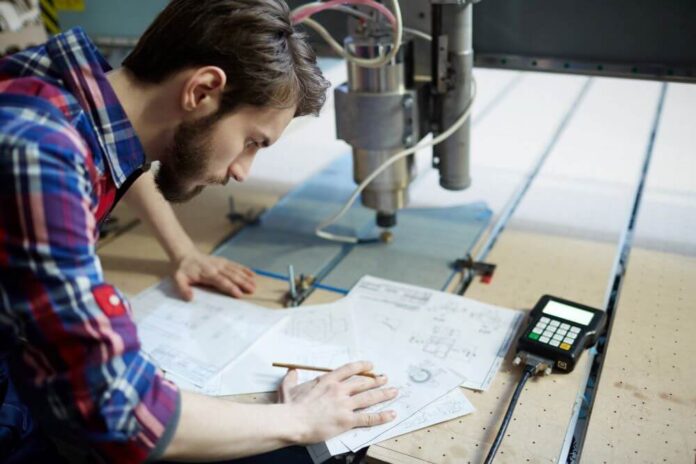Starting out as a CNC (Computer Numerical Control) machine operator can feel overwhelming. These machines are the backbone of modern manufacturing in industries across Australia, from aerospace and automotive to mining and construction. While CNC technology offers incredible precision and efficiency, it also demands skill, focus, and a solid understanding of the fundamentals.
If you’re new to CNC machining, here are 10 essential basics every operator should learn to build confidence and competence on the shop floor.
Understand CNC Terminology
Before stepping up to the machine, familiarise yourself with the key terms. Words like G-code, M-code, feed rate, spindle speed, axis, and toolpath will appear in your daily workflow. Knowing these terms helps you follow instructions, communicate with senior operators, and troubleshoot effectively.
Learn to Read Technical Drawings
CNC operators work directly from engineering drawings. You’ll need to interpret dimensions, tolerances, symbols, and surface finish requirements. Even a small misread can lead to costly mistakes. Invest time in learning blueprint reading, it’s a skill that pays off in accuracy and efficiency.
Safety Comes First
Safety should always be your top priority, cnc machines operate with sharp tools and high-speed spindles. Learn proper PPE (personal protective equipment) requirements, emergency stop locations, lockout/tag-out procedures, and safe work practices. Remember: a safe operator is a productive operator.
Master Machine Setup
Setting up involves more than just clamping material into place. You’ll need to select the right cutting tools, ensure correct tool offsets, calibrate workpiece zero points, and check fixtures. A precise setup ensures smoother machining and minimises rework.
Understand G-Code and M-Code Basics
While CAM software often generates programs, knowing how to read and adjust G-code and M-code is invaluable. Basic commands tell the machine how to move, cut, and control functions like coolant or spindle speed. Even a minor edit can improve cycle times or fix errors.
Tool Selection and Maintenance
Different jobs require different tools, from end mills and drills to lathes and inserts. Learn which tool suits which material and operation, as well as how to inspect, sharpen, and replace them. Dull or damaged tools affect both quality and safety.
Pay Attention to Materials
Steel, aluminium, titanium, and plastics all behave differently under machining. Understanding material properties—such as hardness, melting point, and machinability—helps you choose the correct feeds, speeds, and tooling for the job.
Learn the Importance of Feeds and Speeds
Feed rate (the speed at which the tool advances into the workpiece) and spindle speed (the rotations per minute) are critical factors in machining quality. Too fast, and you risk tool breakage; too slow, and productivity suffers. Operators should know how to optimise these settings for efficiency and surface finish.
Develop Good Measuring and Inspection Skills
Quality control is central to CNC machining. Operators must confidently use measuring instruments such as callipers, micrometres, and coordinate measuring machines (CMMs). Verifying tolerances ensures each component meets design specifications before it leaves the machine.
Build Problem-Solving and Continuous Learning Habits
CNC machines are complex, and issues will arise, from chatter marks to programming errors. A good operator doesn’t just run machines; they solve problems. Stay curious, ask questions, and embrace new training opportunities. The more you learn, the more valuable you become in the workshop.
Final Thoughts
CNC machining is both a science and a craft. By mastering these 10 basics, new operators set themselves up for success in an industry that values precision, safety, and efficiency. Whether you’re working in a small local fabrication shop or a large-scale manufacturing facility, these fundamentals form the foundation of your career.
